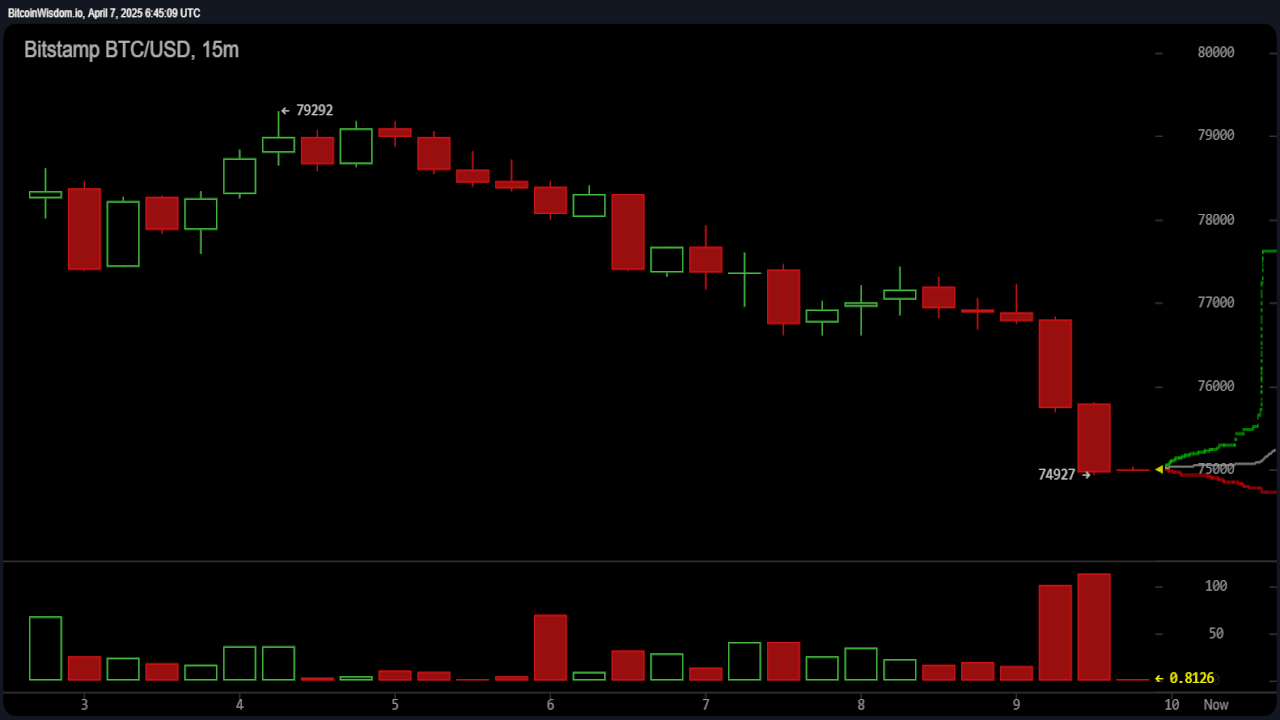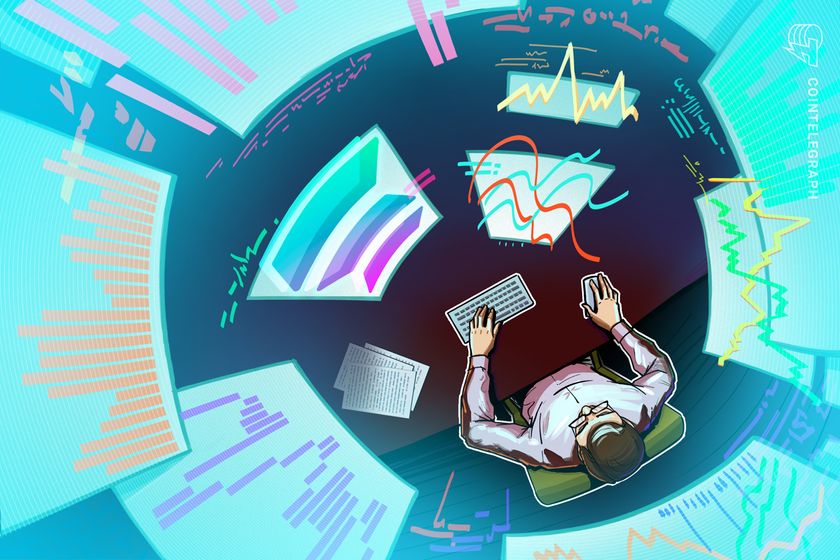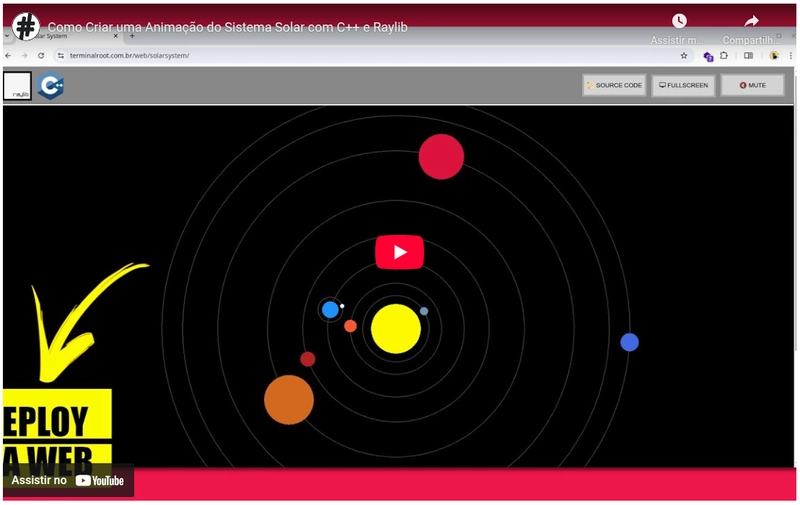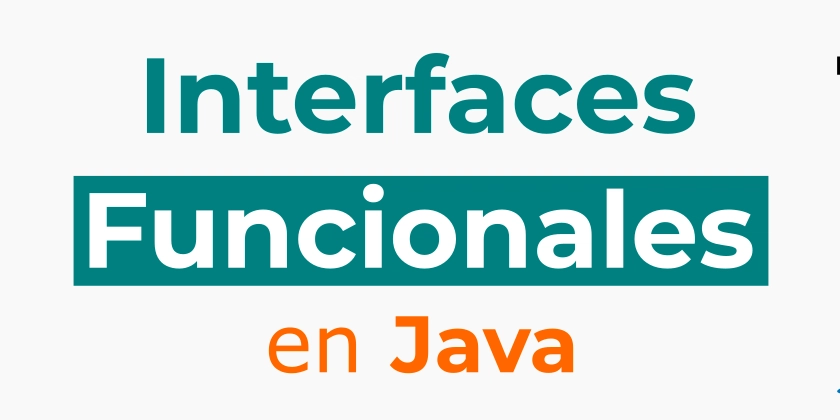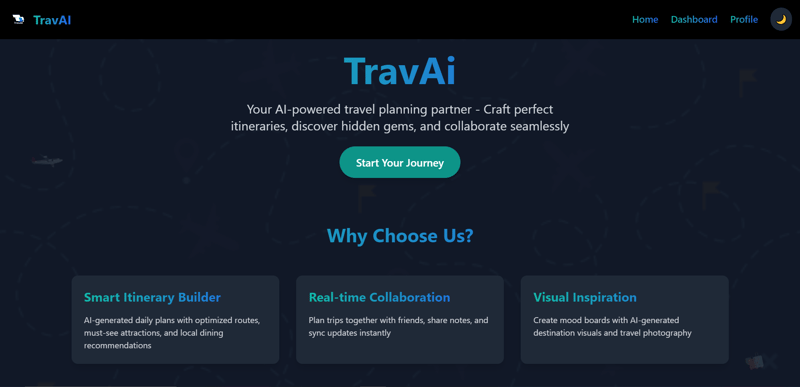AI for Earthquake Prediction: Can Machine Learning Save Lives?
During the past few years, the world has experienced a dramatic increase in natural calamities, where earthquakes are the most destructive type. Such calamitous events destroy property while causing the most severe problem of fatal death tolls. The scientific community and research sector strive to develop advanced disaster prediction systems by creating accurate alert systems. Machine learning and artificial intelligence (AI) present optimistic solutions for predicting earthquakes among modern forecasting systems. The essential query is whether AI can protect human life by predicting seismic events. This essay will explain how machine learning transforms seismic forecasting capabilities while highlighting the benefits of taking a machine learning course in Canada to access emerging lifesaving technologies. The Challenge of Earthquake Prediction Earthquake prediction is a highly intricate procedure. Unlike other natural disasters, such as floods or hurricanes, earthquakes occur without any form of warning. Traditional seismology depends heavily on historical information and geological inspections, yet these methods fail to generate accurate live predictions. AI and ML implement their capabilities to examine real-time, vast datasets and identify seismic patterns, thereby predicting upcoming seismic occurrences. The procedure of machine learning in earthquake prediction functions Teaching computer algorithms through big data enables them to recognize complex patterns automatically without human code programming. Machine learning models accept seismic sensor information, satellite observations, and past earthquake data as projection inputs. Such models excel at identifying minimal crust movement that precedes major earthquake occurrences. Deep learning, which falls under the ML category, analyzes seismic waveforms using one predictive approach. The data signals possess intricate patterns that make it hard for human observers to decode them immediately. The signals from geologic sensors can be processed by AI models that detect the patterns indicative of an impending earthquake. Advanced systems based on sufficient training data can reach high accuracy rates in their performance. Real-World Applications and Success Stories Multiple research initiatives worldwide have already proven AI's prediction potential for earthquakes. Japanese scientists created AI systems that can examine seismic data and generate warnings about major seismic events just before they strike. Although this warning only lasts a few seconds, the safety benefits become substantial, as this time allows people to take protective actions while trains are stopped and essential services are deactivated. The US Geological Survey (USGS) collaborates with American tech companies to use machine learning to improve seismic operation predictions. As a result, AI-powered mobile apps and alert systems have been developed to receive real-time warnings to people on the spot. The Role of Education: Why Canada is Leading the Way Professionals trained in AI and ML will become more valuable because these fields face rising requirements for expertise in designing and implementing these technologies. Canadian institutions are recognized globally for their universities and technology leadership, transforming Canada into a leading AI and ML educational center. Students who pursue a machine learning course in Canada receive training that helps them deal with practical issues such as earthquake forecasting. Canadian institutions deliver specialized AI and ML courses in Canada that emphasize practical applications that span from disaster management through environmental monitoring to other industry sectors. The curriculum includes group research initiatives with both research facilities and industrial partners through which students acquire meaningful opportunities to participate in pioneering discoveries. Advantages of Pursuing a Machine Learning Course in Canada The growing number of students and professionals select Canada as their study destination for ML because of multiple important factors. The educational system in Canada teaches contemporary subjects that include advanced AI and ML topics such as neural networks and deep learning with data analytics programs. Research opportunities exist because Canadian educational facilities grant their students access to advanced AI research facilities specially designed for earthquake prediction. The machine learning education earned in Canada provides graduates with appealing career options across technology services as well as healthcare and financial sectors while also including environmental science opportunities. An institution's Canadian degree or certification receives worldwide validation, enabling graduate-level access to international employment possibilities. Future Prospects: The Intersection of AI, ML, and Earthquake Safety Future earthqu
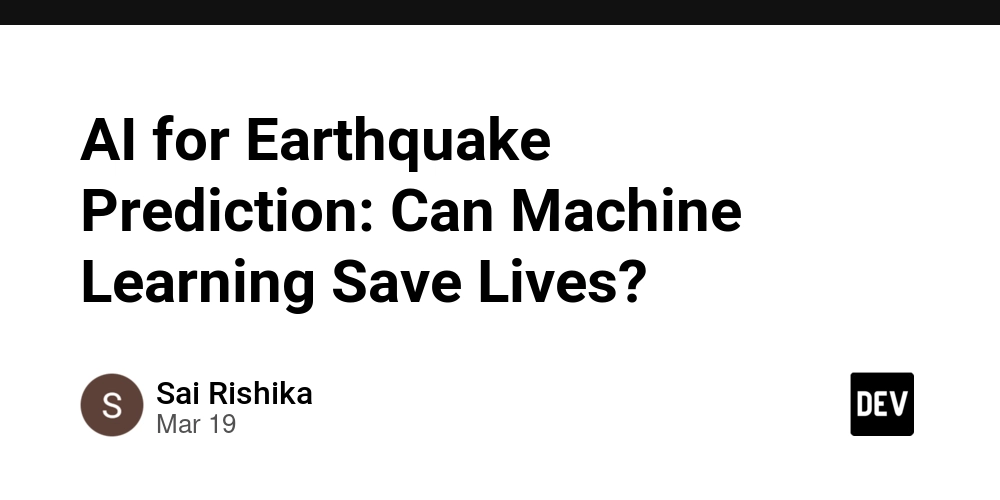
During the past few years, the world has experienced a dramatic increase in natural calamities, where earthquakes are the most destructive type. Such calamitous events destroy property while causing the most severe problem of fatal death tolls. The scientific community and research sector strive to develop advanced disaster prediction systems by creating accurate alert systems. Machine learning and artificial intelligence (AI) present optimistic solutions for predicting earthquakes among modern forecasting systems. The essential query is whether AI can protect human life by predicting seismic events. This essay will explain how machine learning transforms seismic forecasting capabilities while highlighting the benefits of taking a machine learning course in Canada to access emerging lifesaving technologies.
The Challenge of Earthquake Prediction
Earthquake prediction is a highly intricate procedure. Unlike other natural disasters, such as floods or hurricanes, earthquakes occur without any form of warning. Traditional seismology depends heavily on historical information and geological inspections, yet these methods fail to generate accurate live predictions. AI and ML implement their capabilities to examine real-time, vast datasets and identify seismic patterns, thereby predicting upcoming seismic occurrences.
The procedure of machine learning in earthquake prediction functions
Teaching computer algorithms through big data enables them to recognize complex patterns automatically without human code programming. Machine learning models accept seismic sensor information, satellite observations, and past earthquake data as projection inputs. Such models excel at identifying minimal crust movement that precedes major earthquake occurrences.
Deep learning, which falls under the ML category, analyzes seismic waveforms using one predictive approach. The data signals possess intricate patterns that make it hard for human observers to decode them immediately. The signals from geologic sensors can be processed by AI models that detect the patterns indicative of an impending earthquake. Advanced systems based on sufficient training data can reach high accuracy rates in their performance.
Real-World Applications and Success Stories
Multiple research initiatives worldwide have already proven AI's prediction potential for earthquakes. Japanese scientists created AI systems that can examine seismic data and generate warnings about major seismic events just before they strike. Although this warning only lasts a few seconds, the safety benefits become substantial, as this time allows people to take protective actions while trains are stopped and essential services are deactivated.
The US Geological Survey (USGS) collaborates with American tech companies to use machine learning to improve seismic operation predictions. As a result, AI-powered mobile apps and alert systems have been developed to receive real-time warnings to people on the spot.
The Role of Education: Why Canada is Leading the Way
Professionals trained in AI and ML will become more valuable because these fields face rising requirements for expertise in designing and implementing these technologies. Canadian institutions are recognized globally for their universities and technology leadership, transforming Canada into a leading AI and ML educational center. Students who pursue a machine learning course in Canada receive training that helps them deal with practical issues such as earthquake forecasting.
Canadian institutions deliver specialized AI and ML courses in Canada that emphasize practical applications that span from disaster management through environmental monitoring to other industry sectors. The curriculum includes group research initiatives with both research facilities and industrial partners through which students acquire meaningful opportunities to participate in pioneering discoveries.
Advantages of Pursuing a Machine Learning Course in Canada
The growing number of students and professionals select Canada as their study destination for ML because of multiple important factors.
The educational system in Canada teaches contemporary subjects that include advanced AI and ML topics such as neural networks and deep learning with data analytics programs.
Research opportunities exist because Canadian educational facilities grant their students access to advanced AI research facilities specially designed for earthquake prediction.
The machine learning education earned in Canada provides graduates with appealing career options across technology services as well as healthcare and financial sectors while also including environmental science opportunities.
An institution's Canadian degree or certification receives worldwide validation, enabling graduate-level access to international employment possibilities.
Future Prospects: The Intersection of AI, ML, and Earthquake Safety
Future earthquake prediction depends strongly on progress in machine learning research. The ongoing improvements in data collection techniques, together with enhanced modeling accuracy, make it possible to achieve accurate earthquake forecasts in real time. Correct implementation of this system would protect human lives while simultaneously lowering financial impacts and strengthening national disaster readiness capabilities.
AI-based prediction systems help governmental emergency services increase community resilience through integrated operations. AI and ML enable cities to acquire intelligent monitoring systems that will allow notification processes that let residents prepare themselves for danger.
Get Involved: Learn the Skills to Make a Difference
If you value technology's solutions to global issues, a machine learning course in Canada will spark your interest. The proper education enables you to join forces with others who utilize innovation to safeguard human life while designing our future safety infrastructure. Mastering the skills acquired through such training enables individuals to create predictive models that apply to various industries, such as environmental assessment, healthcare, and others.
ML and AI courses in Canada provide adaptable learning options for students, professionals, and individuals transitioning between different careers. The programs offer multiple learning formats, such as in-person and hybrid, together with online learning, so you can access the most up-to-date skills in ways that suit your needs.
Conclusion
Machine learning and AI demonstrate substantial capability in detecting earthquakes. Despite ongoing system development, AI technology shows promise as a lifeline for emergencies because its initial applications demonstrate human life savings. By embracing data-based intelligent algorithms, people worldwide could achieve better disaster preparedness.
This technological revolution puts Canada in the leading position. The machine learning course in Canada enables students to acquire competencies that help develop life-saving earthquake forecasting methods. The increasing need for professionals in AI and ML courses in Canada creates an excellent time to pursue education because you can join forces with lifesaving solutions.









































































































































































![[The AI Show Episode 142]: ChatGPT’s New Image Generator, Studio Ghibli Craze and Backlash, Gemini 2.5, OpenAI Academy, 4o Updates, Vibe Marketing & xAI Acquires X](https://www.marketingaiinstitute.com/hubfs/ep%20142%20cover.png)

















































































































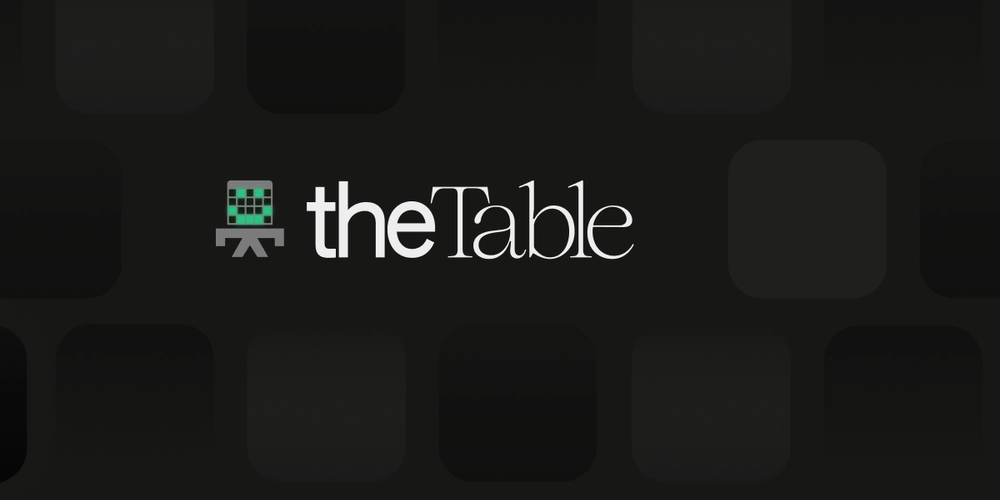
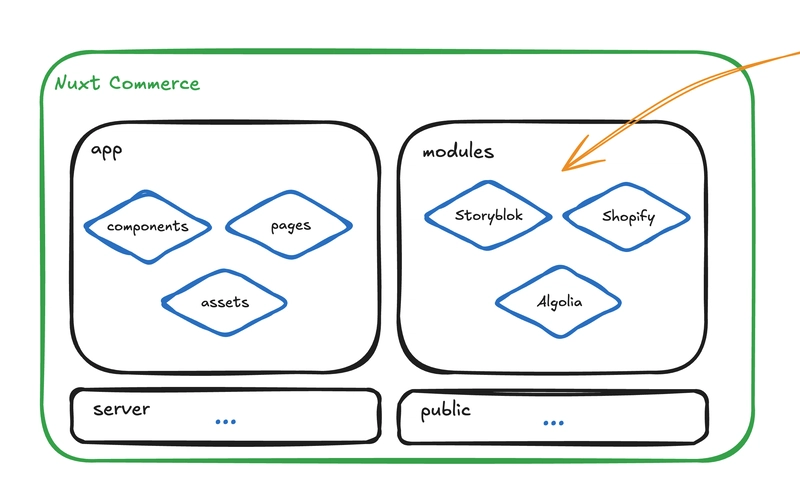
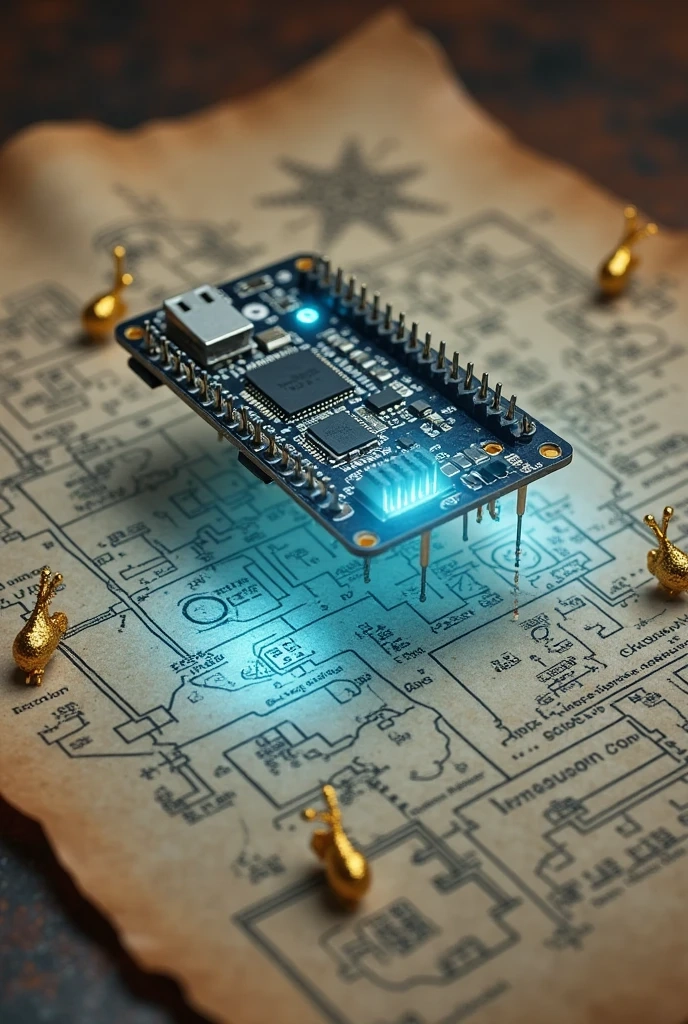











![[DEALS] The Premium Learn to Code Certification Bundle (97% off) & Other Deals Up To 98% Off – Offers End Soon!](https://www.javacodegeeks.com/wp-content/uploads/2012/12/jcg-logo.jpg)

![From drop-out to software architect with Jason Lengstorf [Podcast #167]](https://cdn.hashnode.com/res/hashnode/image/upload/v1743796461357/f3d19cd7-e6f5-4d7c-8bfc-eb974bc8da68.png?#)








































































































.png?#)


































_Christophe_Coat_Alamy.jpg?#)



.webp?#)






































































































![Apple Considers Delaying Smart Home Hub Until 2026 [Gurman]](https://www.iclarified.com/images/news/96946/96946/96946-640.jpg)
![iPhone 17 Pro Won't Feature Two-Toned Back [Gurman]](https://www.iclarified.com/images/news/96944/96944/96944-640.jpg)
![Tariffs Threaten Apple's $999 iPhone Price Point in the U.S. [Gurman]](https://www.iclarified.com/images/news/96943/96943/96943-640.jpg)


































































































